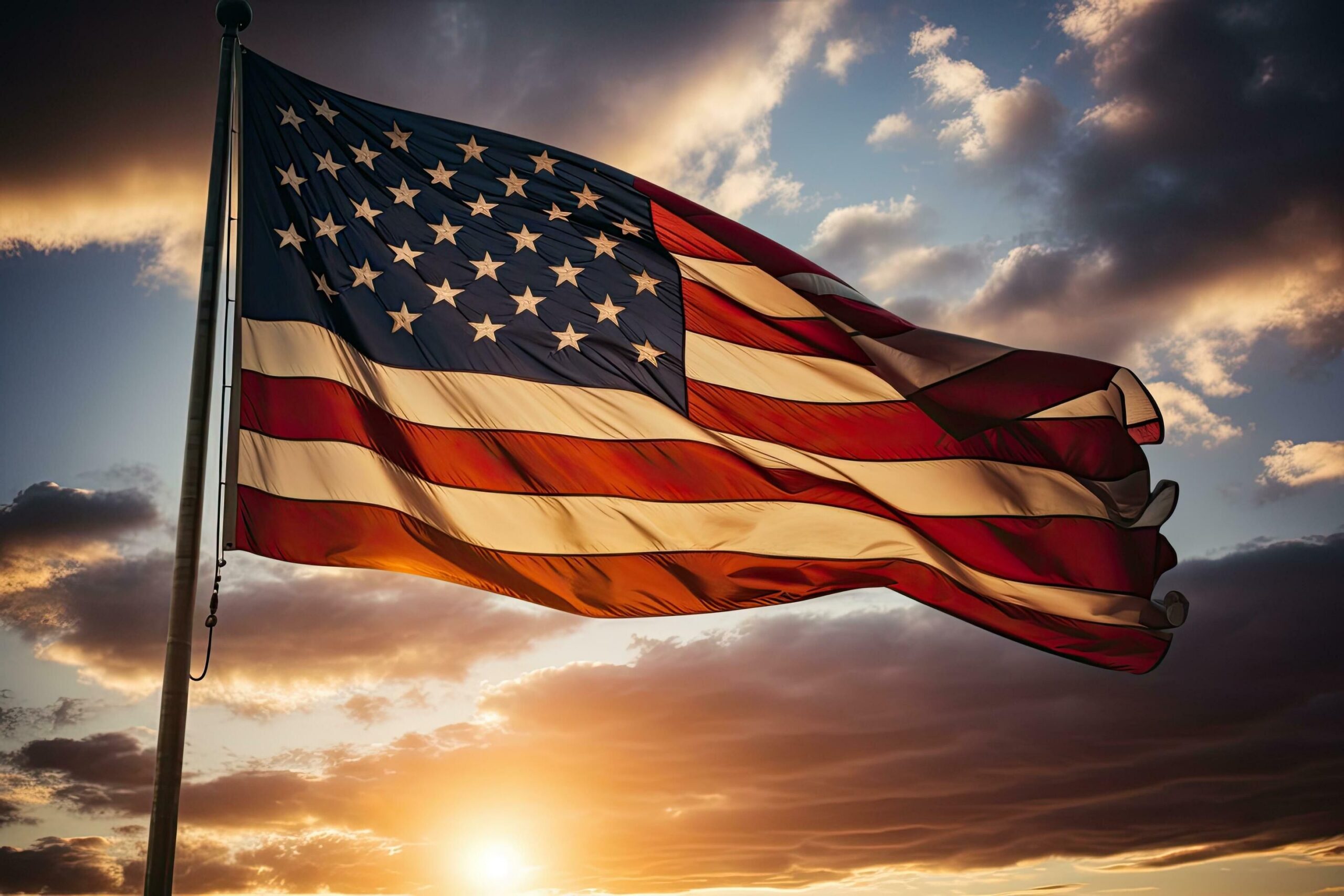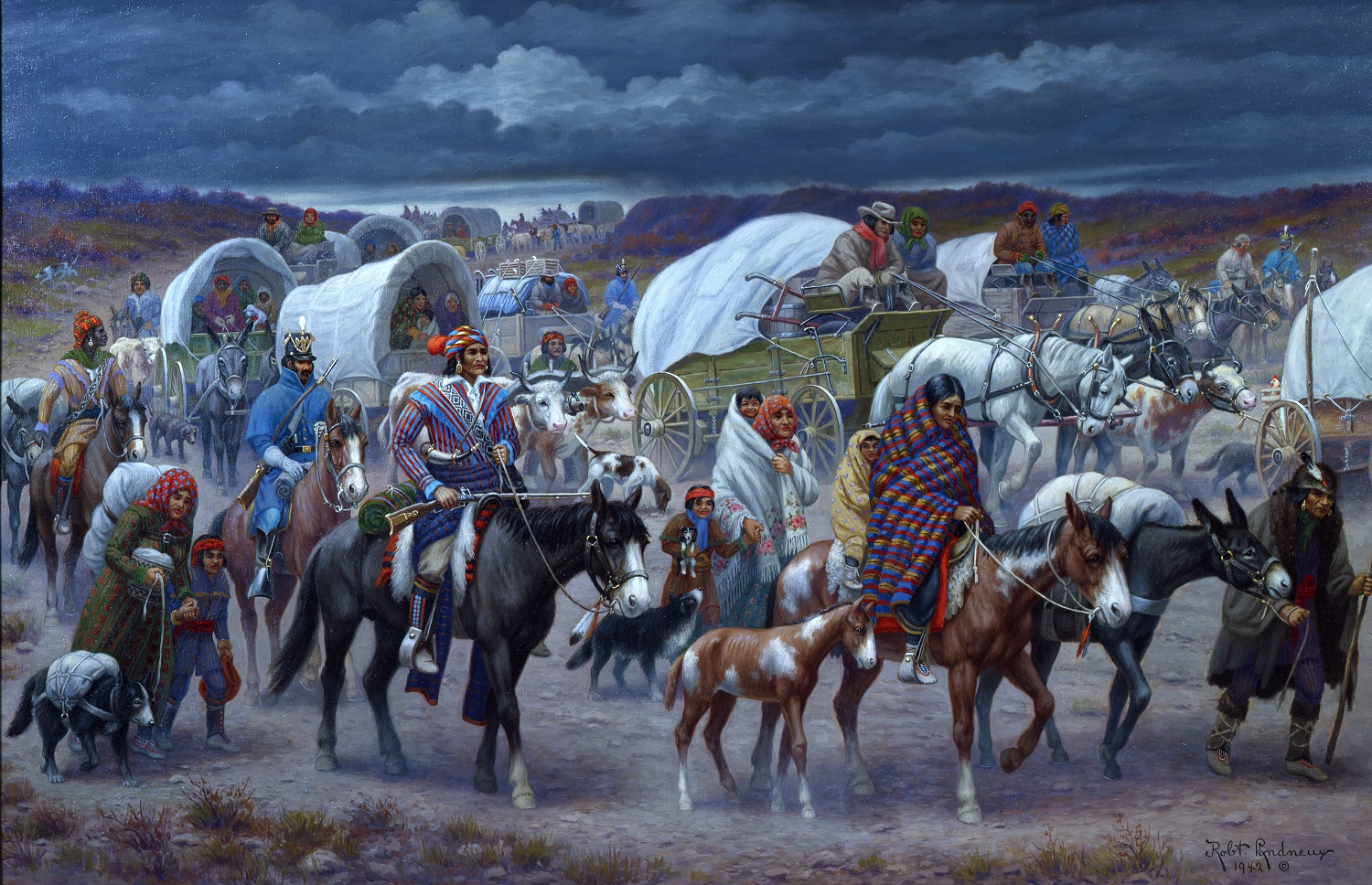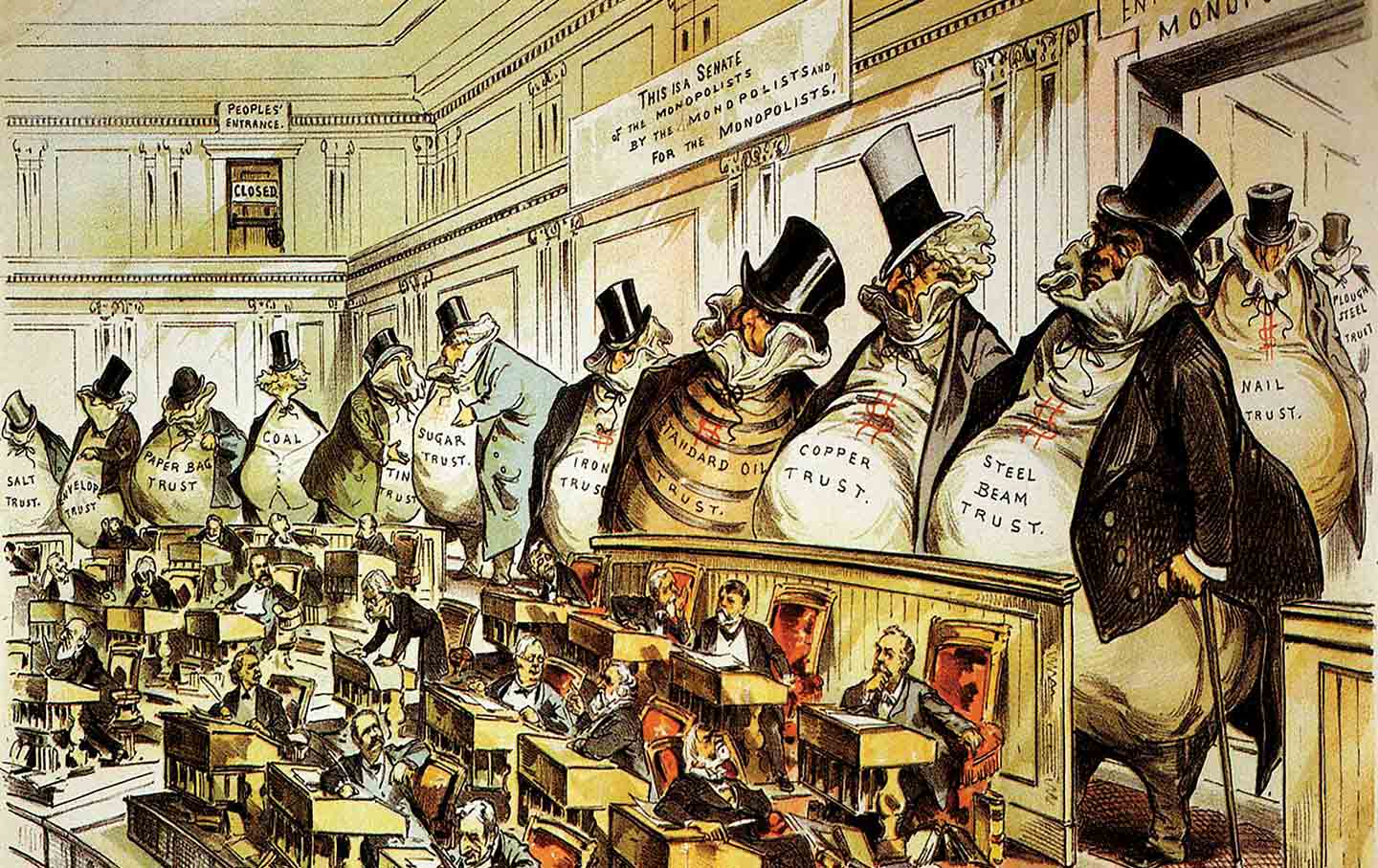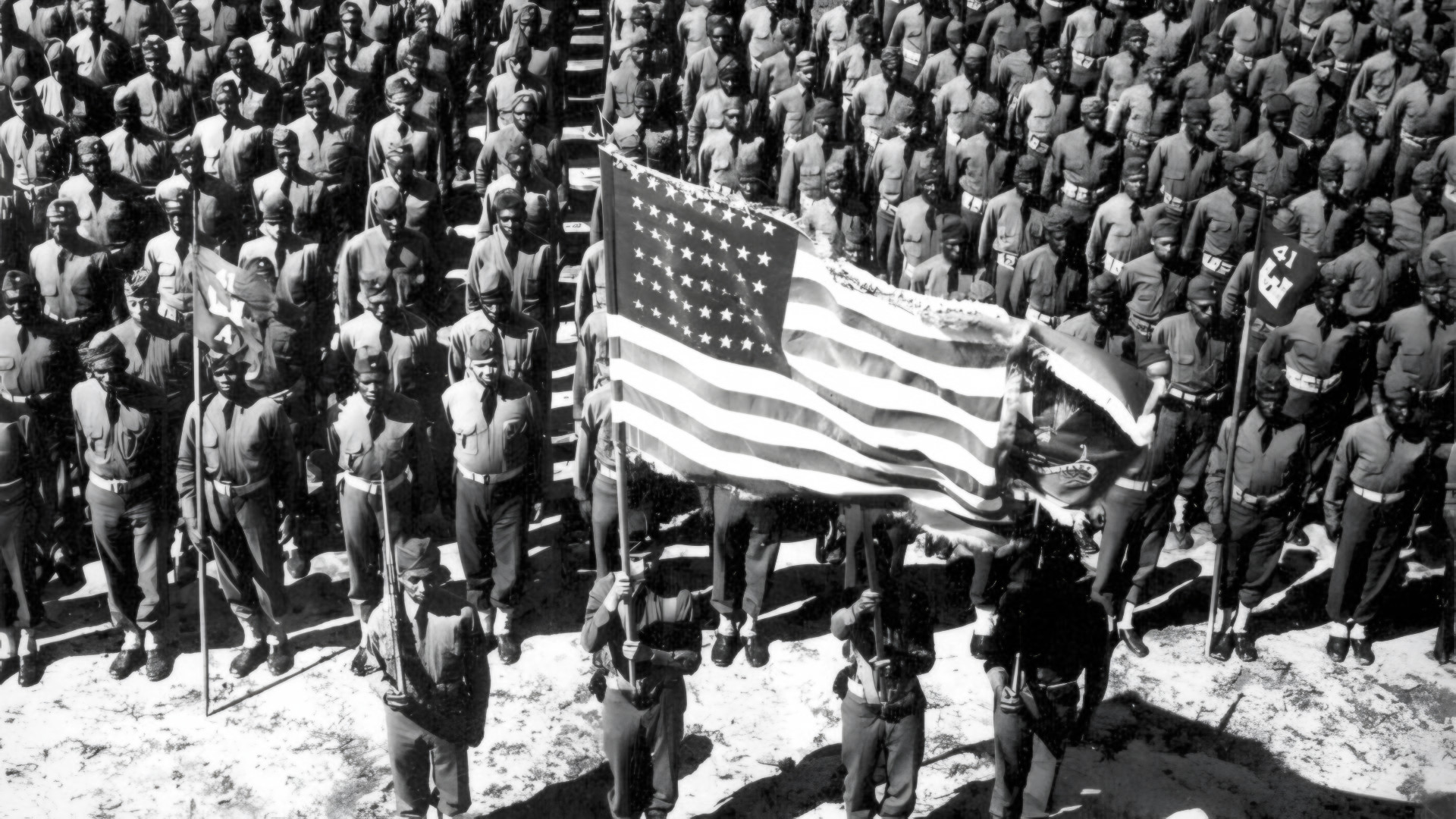
The initial image that often springs to mind when contemplating the might of the United States might be one of cutting-edge military hardware, rapid deployments, and the highly trained personnel who operate them with precision. Indeed, the very notion of “US Pilots rushing for massive stealth bombers and taking off at full throttle” captures a sense of immediate, overwhelming power and readiness in the modern world. This perception, while vivid and indicative of current capabilities, is merely a snapshot of a much deeper and more complex narrative that has unfolded over centuries.
To truly comprehend the strategic depth and enduring global impact of the United States, one must look beyond the immediate operational prowess and delve into the foundational historical forces that have shaped its rise. This nation’s journey from a fledgling republic, born of revolutionary ideals and territorial ambition, to its current status as the world’s sole superpower is a testament to persistent evolution, pivotal conflicts, and transformative political and economic developments. It is a story woven with threads of innovation, resilience, and an unwavering drive towards global influence.
In this first part of our in-depth exploration, we will meticulously unpack the early, defining moments that laid the groundwork for America’s unparalleled influence on the international stage. We’ll trace its origins from a revolutionary spark that ignited a new form of governance to its critical role in shaping 20th-century global conflicts, revealing how each historical chapter contributed inexorably to the formidable entity we recognize today. This deeper look will illuminate the bedrock upon which its present-day power and global strategic might are built.

1. **The American Revolution and the Assertion of Sovereignty**The very genesis of the United States stands as a profound strategic act, marking its initial assertion of independence and laying the groundwork for a unique national identity rooted in self-governance. Growing discontent with the British Crown, particularly fueled by grievances over taxation and a lack of parliamentary representation, provided the tinder for the American Revolution. This widespread dissatisfaction culminated in the 1775 Battles of Lexington and Concord, widely recognized as igniting the American Revolutionary War. It was not merely a localized uprising but a foundational struggle that would reshape global power dynamics.
During the Second Continental Congress, significant steps were taken to formalize the burgeoning rebellion into a cohesive national effort. George Washington was appointed commander-in-chief of the Continental Army, a crucial decision that provided central military leadership. Concurrently, a committee was formed, notably tasking Thomas Jefferson with the drafting of the Declaration of Independence. This seminal document, adopted on July 4, 1776, articulated revolutionary political values that included liberty, inalienable individual rights, and the paramount sovereignty of the people. It fundamentally rejected monarchy, aristocracy, and all forms of hereditary political power, championing republicanism and civic virtue while vilifying political corruption. These tenets would become the ideological core of the new nation and its future global influence.
The eventual victory in the Revolutionary War, decisively secured with the British surrender at the siege of Yorktown in 1781, was a monumental achievement that reverberated internationally. American sovereignty gained formal recognition through the Treaty of Paris (1783), which not only confirmed the nation’s independence but also granted it extensive new territory. This vast expanse stretched westward to the Mississippi River, northward to present-day Canada, and southward to Spanish Florida. This initial and significant territorial expansion, coupled with international diplomatic recognition, firmly cemented the young republic’s nascent place on the world stage, setting a clear precedent for its future growth, strategic ambition, and diplomatic engagement.

2. **Forging a Republic: The Enduring Power of the Constitution**Following the hard-won independence, the initial attempt at national governance, the Articles of Confederation, proved to be decentralized and ultimately limited in its effectiveness, highlighting the critical need for a more unified and powerful system. To address these systemic shortcomings, the U.S. Constitution was meticulously drafted at the 1787 Constitutional Convention. This pivotal assembly represented a crucial turning point, establishing a framework designed for long-term national stability and effective governance. The document would profoundly shape the governmental structure for centuries to come, laying the groundwork for a robust federal system.
The Constitution officially went into effect in 1789, creating a federal republic characterized by a clear separation of powers among three distinct branches of government: legislative, executive, and judicial, all headquartered in Washington, D.C. This ingenious design was intended to provide a comprehensive system of checks and balances, specifically engineered to prevent any single branch from accumulating excessive power and becoming supreme. This intricate framework fostered political stability and governmental accountability, which were essential ingredients for the nation’s ability to manage internal challenges and eventually project its power and influence abroad effectively. The bicameral nature of Congress, comprising the Senate and the House of Representatives, further diversified representation and legislative deliberation.
The subsequent adoption of the Bill of Rights in 1791 further solidified the constitutional framework, serving to allay skeptics’ concerns about the potential for an overly centralized government. It enshrined fundamental individual liberties and rights, reinforcing the principles of a liberal democracy that most scholars describe the United States to be. This robust and adaptable governmental structure, a pioneering model in its time, provided the essential stability and legal consistency necessary for the young nation to expand, navigate complex internal divisions like the North-South conflict, and ultimately assert itself as a major international force. It stands as a testament to the foresight of the Founding Fathers in crafting a resilient system capable of enduring immense challenges and evolving over time.

3. **Westward Expansion: Realizing a Continental Vision**The early to mid-19th century represented a period of relentless territorial expansion for the United States, fundamentally altering its geographic footprint and strategic outlook. This expansion was not merely opportunistic; it was deeply intertwined with the powerful ideology of “manifest destiny,” a pervasive belief among American settlers that they were divinely ordained to expand westward and cultivate the entire North American continent. This ideological conviction served as a potent driving force behind national policy and an increasingly aggressive pursuit of land.
A monumental event defining this era was the Louisiana Purchase of 1803, a vast acquisition from France that nearly doubled the existing territory of the United States. This single, extraordinary transaction provided immense strategic depth and access to invaluable natural resources, opening up sprawling new frontiers for settlement and economic exploitation. It underscored the aggressive pursuit of continental integrity and economic potential that characterized this period, expanding the nation’s agricultural lands and trade routes.
Further significant land acquisitions and geopolitical maneuvers solidified this continental reach. Spain ceded Florida and its Gulf Coast territory to the U.S. in 1819, expanding the nation’s southern borders. The 1846 Oregon Treaty led to U.S. control of the present-day American Northwest, extending its Pacific coastline. The Mexican–American War (1846–1848) resulted in the Mexican Cession, through which Mexico recognized U.S. sovereignty over Texas, New Mexico, and California, alongside future states like Nevada, Colorado, and Utah. This relentless westward movement, while often marked by conflict and the dispossession of Native American inhabitants, unequivocally demonstrated an unwavering national commitment to growth and established the immense geographical foundation upon which a future global power would rise.

4. **The Gilded Age: Forging an Economic and Industrial Behemoth**By the close of the 19th century, the United States had undergone a profound and rapid transformation, ascending from a nascent republic into a recognized “great power” on the international stage. This remarkable rise was not an accidental occurrence; rather, it was the direct culmination of decades of intense industrialization, unprecedented technological innovation, and explosive economic growth that followed the conclusion of the American Civil War. The nation’s vast natural resources, coupled with a rapidly expanding population invigorated by an “unprecedented stream of immigrants,” fueled an extraordinary period of national development.
This era, often characterized as the Gilded Age and the Progressive Era, witnessed an explosion of technological advancement that fundamentally reshaped American society and economy. This progress, frequently propelled by the exploitation of abundant and often cheap immigrant labor, led to economic expansion that was so significant it allowed the United States to outpace the combined economies of prominent European powers like England, France, and Germany. This period saw the rise of powerful industrialists, commonly known as tycoons, who amassed immense wealth and influence by forming trusts and monopolies, effectively dominating key sectors and preventing competition.
These titans of industry spearheaded the nation’s expansion in critical sectors such as railroads, petroleum, and steel, laying down the infrastructure for a modern industrial state. Moreover, the United States distinguished itself as a pioneer in the burgeoning automotive industry, further cementing its innovative and productive capabilities. While these rapid changes undeniably resulted in significant increases in economic inequality, the emergence of slum conditions, and social unrest, creating an environment ripe for labor unions and socialist movements, the sheer scale of economic output and technological prowess solidified America’s status as a formidable global player, poised to exert considerable influence on international events in the coming decades.

5. **World War I: The United States Steps onto the World Stage**The early 20th century presented the United States, having firmly established its economic and industrial might as a great power, with an unprecedented global conflict that would irrevocably alter its role in international affairs. Despite a strong tradition of isolationism and initial neutrality, the escalating complexities and strategic imperatives of World War I eventually drew America into the European maelstrom. This decision marked a profound and lasting departure from its historical reluctance to engage in overseas entanglements.
In 1917, the United States formally entered World War I, aligning itself with the Allied Powers. Its intervention proved to be a decisive turning point in the protracted conflict. The infusion of vast American resources, including fresh troops, unparalleled industrial capacity, and critical economic support, played a pivotal role in helping to “turn the tide against the Central Powers.” This direct engagement showcased the nation’s rapidly growing capacity to project its substantial power far beyond its geographic borders, demonstrating a newfound willingness and ability to influence the outcomes of major international struggles.
The experience of World War I undeniably solidified the United States’ position as a major player on the global stage, confirming the “great power” status it had already achieved by 1900. It served as a stark demonstration of America’s formidable military potential and its evolving readiness to engage in large-scale international conflicts when its national interests, or the broader considerations of global stability, were perceived to be at stake. The war also laid significant groundwork for future diplomatic engagements, the development of international organizations, and the eventual formulation of a new, American-influenced world order.

6. **World War II and the Dawn of the Nuclear Age: A Superpower Emerges**The tumultuous interwar period, characterized by the severe economic downturn of the Great Depression and escalating global instability, would soon give way to an even larger and more devastating conflict that would definitively elevate the United States to a position of unparalleled global influence. Despite initially maintaining a stance of neutrality in World War II, the relentless march of events, particularly the Empire of Japan’s aggressive actions, ultimately propelled America into the global conflagration. This full entry into the war became a defining and transformative moment for the United States, irrevocably setting its trajectory towards superpower status.
The U.S. began actively supporting the Allied cause even before its formal entry, supplying crucial “war materiel” to the Allies of World War II starting in March 1941. However, it was Japan’s surprise “attack on Pearl Harbor in 1941” that galvanized the nation, leading directly to its declaration of war and full commitment in December. This commitment brought the overwhelming force of America’s industrial and military might to bear, significantly contributing to the eventual Allied victory against the Axis powers. The conflict necessitated and showcased an extraordinary national mobilization effort, transforming the country into an immense arsenal of democracy.
A singular and profoundly transformative development during this period was the successful U.S. effort to “developed the first nuclear weapons.” This monumental scientific and technological achievement culminated in their deployment against the Japanese cities of Hiroshima and Nagasaki in August 1945, a controversial decision that brought the war to an immediate and abrupt end. The conclusion of World War II left the United States in an unprecedented global position: it emerged “relatively unscathed from the war,” contrasting sharply with the devastated European and Asian powers, and wielding “even greater economic power and international political influence.” This strategic advantage definitively set the stage for its subsequent rivalry with the Soviet Union, marking its undeniable ascent as one of the world’s preeminent superpowers.




